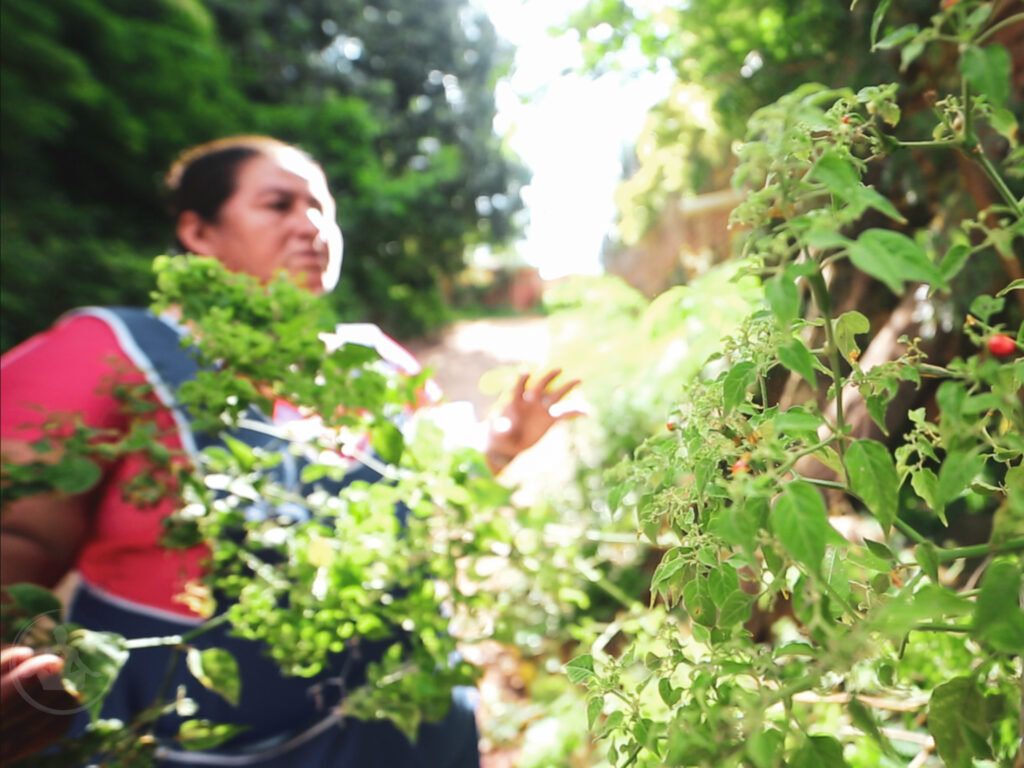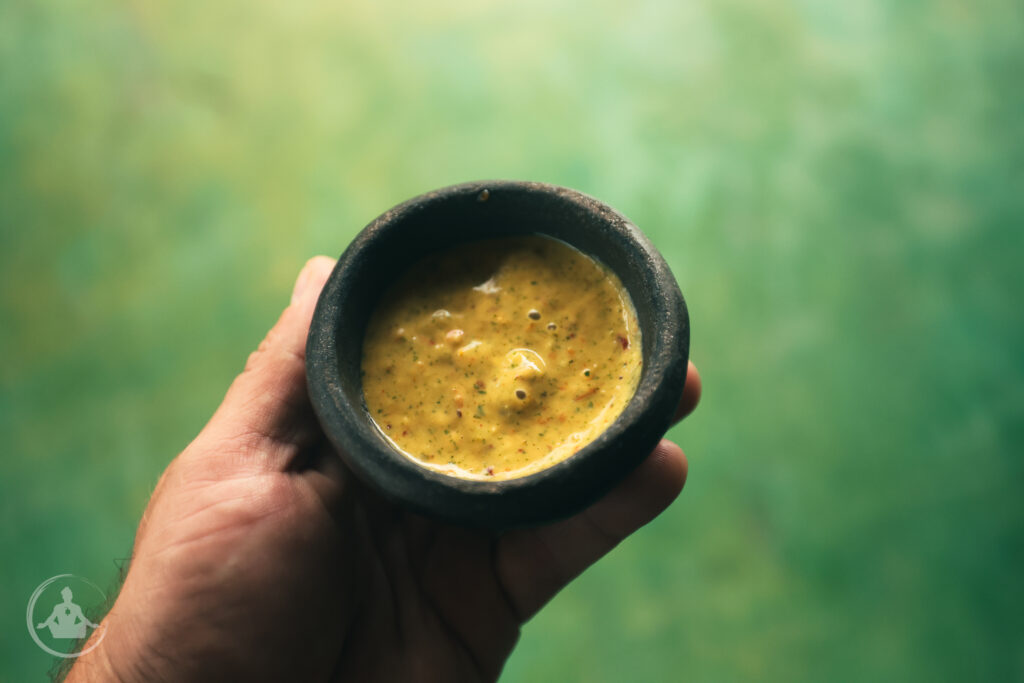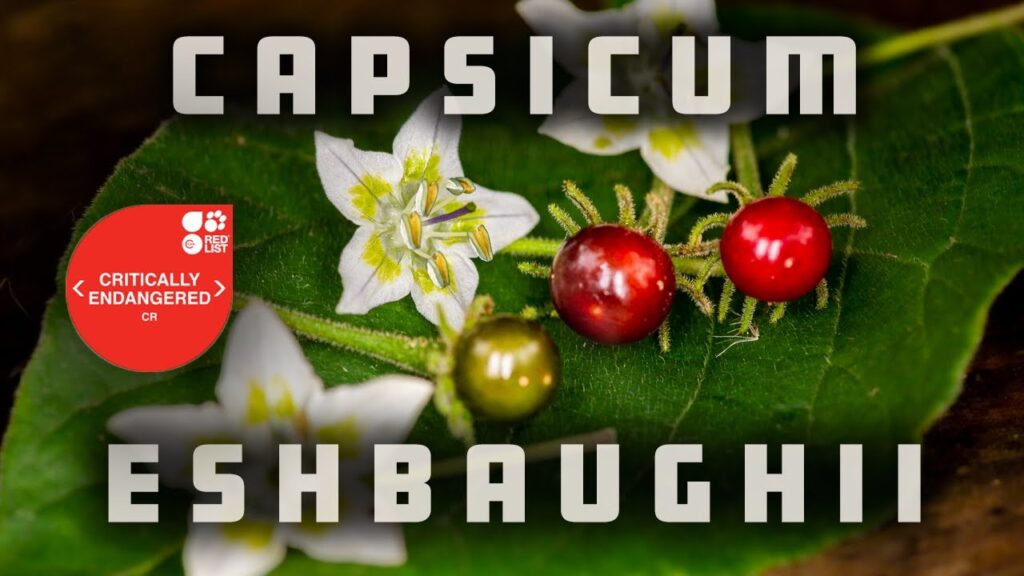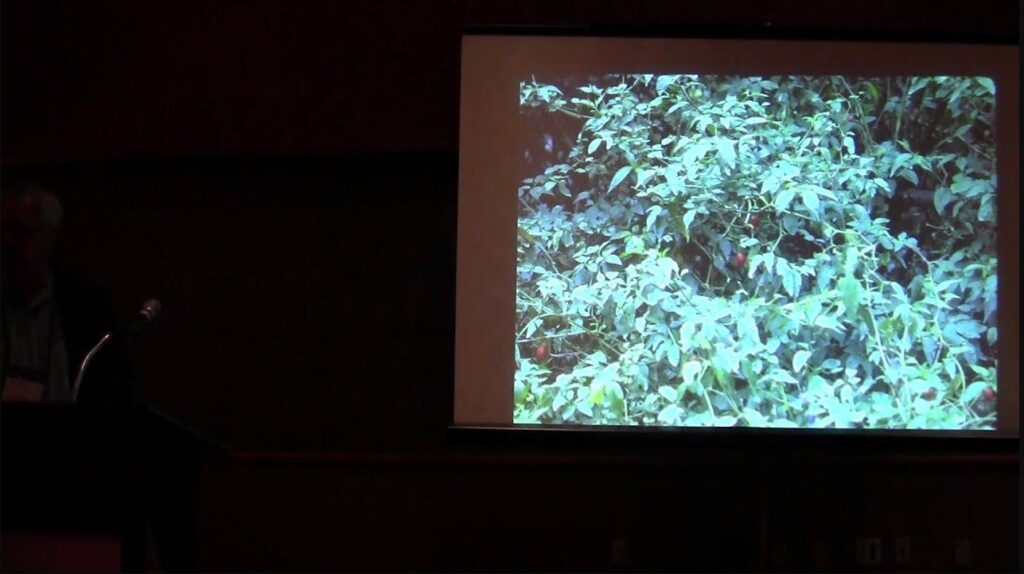Capsicum Eshbaughii | Bolivia’s Endangered Wild Pepper
In the remote landscapes of Bolivia, I have rediscovered an endangered pepper species. The elusive Capsicum eshbaughii, named after renowned botanist Dr. William Eshbaugh. This species offers a glimpse into the biodiversity of the region. Efforts to preserve its natural habitat are very important.
In December of 2019, curiosity and the desire to explore the lesser-known species of the Capsicum genus fueled my trip to Bolivia. Infact, my friend John Lackey was the sole inspiration for this trip into the unknown. This pepper was his “white whale” at the time.
Bolivia’s varied ecosystems make it a hotspot for diverse flora and fauna. This wild pepper is endemic to only one high valley known as Samaipata. A single microclimate threatened by human activities and land development.

“Are you going to shit your pants when i find it?”, I asked. John just laughed.
So How hard was it to find Capsicum Eshbaughii?
Finding populations of plants was actually a lot easier than I anticipated. While studying the reports of other botanists, I noticed none of them were mentioning the town of Samaipata. I had a feeling that John’s “white whale” would be there waiting for me.
After visiting the local markets in Samaipata, I began walking the roads heading out of town. Within minutes I discovered the first specimen.
The plant stood out from all the roadside vegetation quite well. The white flowers, spider like calyx appendages, sticky glandular trichomes, and vibrant red fruits caught my attention right away. The berries tasted like jungle perfume and packed a surprising pungent spiciness. For a moment I tried imagining what the town of Samaipata must have been like back in the early 80’s and 90’s for Dr. Eshbaugh as he walked these very roads.




Ensuring The Survival Of Bolivia’s Endangered Ulupica Pepper
The newly submitted classification of endangered status for Capsicum eshbaughii highlights the urgent need for conservation. Habitat loss and environmental changes in Samaipata are pushing this pepper species toward critical endangerment, but conservationists can protect its natural habitat and promote sustainable cultivation practices. Local communities can play a crucial role in these conservation efforts, as they possess invaluable knowledge about the plant and its ecosystem.
Farming and Tourism | The Catch 22 for Capsicum Eshbaughii
Farming and tourism, while economically beneficial to this valley’s human inhabitants, have driven this species onto the IUCN Red List as Critically Endangered.
Can we really blame the people of Samaipata, Bolivia for wanting to capitalize on the influx of tourism and the valley’s desirable micro climate for farming?



Llajua Sauce | Bolivia’s Answer To Saving This Ulupica?
As a bird distributed roadside hemerophyle, what can we do to preserve this species and its survival?
Capsicum eshbaughii is more than just a bird pepper; it is a symbol of Bolivia’s rich cultural and natural heritage. The locals often refer to this pepper as “Ulupica” and they use it in a traditional Quechuan salsa called “Llajua”.
While I was there walking the roads, I would often meet locals picking the red and green berries to use in their Llajua sauce. So did I really “rediscover” anything at all if the locals know the plant and pepper so well?

For me, the rediscovery of this pepper and it’s endangered classification, offer an opportunity to celebrate and promote the diverse flavors of the region. Incorporating this pepper into traditional Bolivian dishes not only preserves culinary traditions but also raises awareness about the importance of biodiversity conservation.
Perhaps the incentive needed for saving this species is simply raising the awareness of the local people to it’s threatened state. Hey people of Bolivia! Ulupica is in danger!

Watch me hunt down Bolivia’s Endangered Pepper
I recorded the entire journey. Watch it here: https://youtu.be/x_iuFUsjUdY?si=x2y5E4xNu0fsu74K

Watch William hardy Eshbaugh Talk About Capsicum eshbuaghii
This is a presentation that took place at the joint meeting of the Society for Economic Botany and Society of Ethnobiology: “The Energy of People, Places, and Life”. Cherokee, NC. May 11-14, 2014. https://youtu.be/tR_5rISSlBA?si=ugerka_ZkhrYkyNT

Learn More about South American Peppers by growing them
Get seeds for the best South American heirloom peppers here: https://pepperguru.com/product-category/seeds/

Thank you for the genuinely insightful information about this wild cultivar of capsicum, your knowledge and understanding of these endangered species has shed new light on the origin story of peppers as a whole. Please keep doing what you do best
I definitely took some heat on this one after finding it on that trip, which admittedly, sparked a bit of spite within me, and I made it my goal to share this one out to people so they could cultivate it as well. Hindsight being 20/20, I see now how that was a mistake. These wild endemics are better off left in their natural type locality, but at the time I thought “What better way to preserve a species than to cultivate it as much as possible?” However, like with everything in the pepper cultivation community, nothing will be kept sacred and charlatans will always find a way to mess up a perfectly good thing. Thanks for taking the time to read this!
I got some seeds from Michal who got them from you and I cultivated Capsicum eshbaughii at our university in Prague, Czech Republic. It was a huge hit for the exhibition of chilli peppers we held this year. Even the professor of botany from our faculty was really interested in it :-). Thank you for the opportunity to present something so unique and interesting to our colleagues and students!
That’s awesome to hear. Keep them pure! Not sure how much longer they’ll be found in Samaipata!